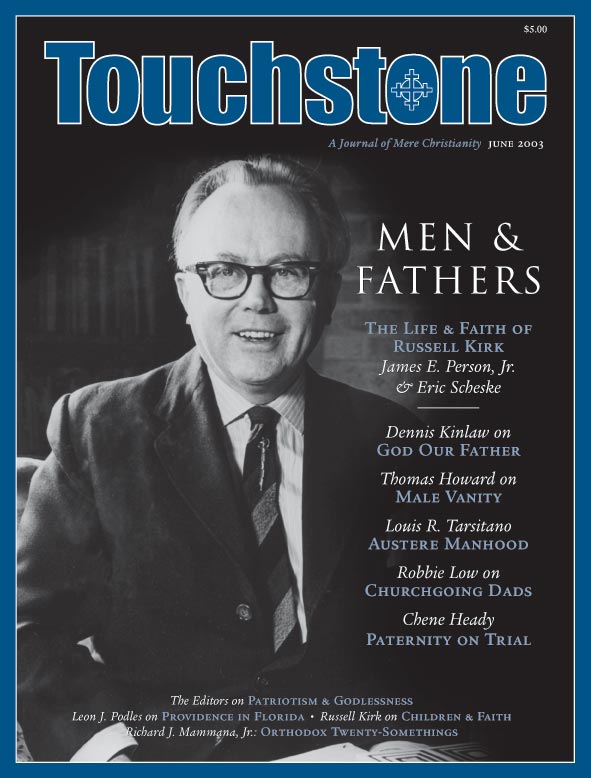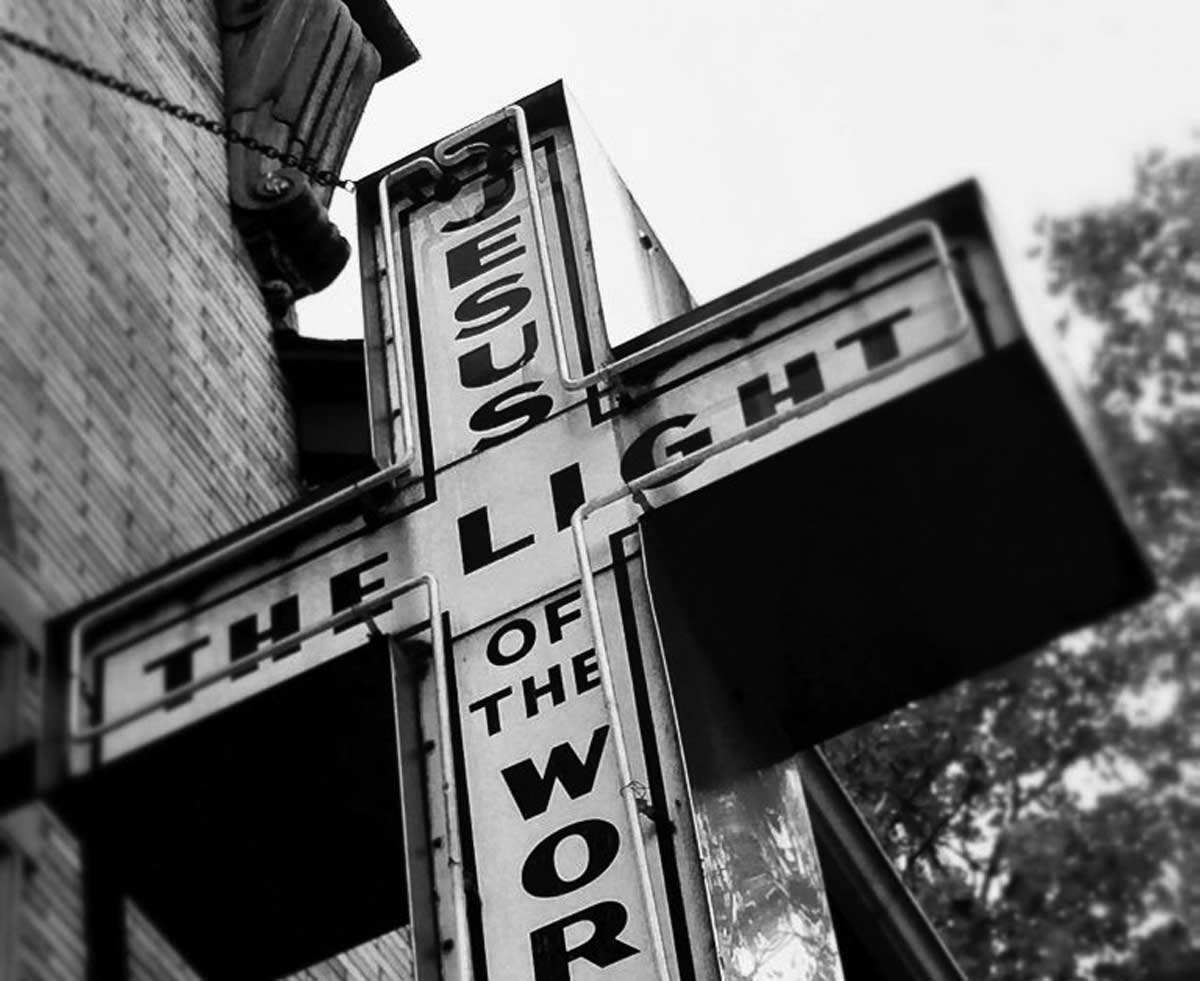The Paralytic from the Roof
In all three Synoptic Gospels, the healing of the paralytic (Matthew 9:1–8; Mark 2:1–12; Luke 5:17–26) is followed immediately by the calling of the tax collector and the Lord’s eating with sinners (Matthew 9:9–13; Mark 2:13–17; Luke 5:27–32). This common sequence of the two narratives probably reflects an early preaching pattern, explained by the fact that both stories deal with the same theme: Jesus’ relationship to sin and sinners. The paralytic was healed, after all, “that you may know that the Son of Man has authority on earth to forgive sins,” and the point of the second story is that “I did not come to call the righteous but sinners.”
Thus, the most significant thing about the paralytic is not his paralysis, but his “sins,” so this is what Jesus addresses first. Indeed, even when he heals the paralysis, Jesus does so in order to demonstrate his authority over the man’s sins. In what he does in this scene, then, Jesus inserts himself between God and the man, speaking to the man with God’s authority. It is not without significance that all three versions of the story also include the detail that Jesus could, like God, read his accusers’ inner thoughts.
In each of the three Synoptics, moreover, the Lord’s claim to authority over sin here becomes the first occasion on which his enemies accuse him of blasphemy. This is significant too, because at his judicial process before the Sanhedrin, blasphemy will be the crime of which he is accused. In a sense, then, Jesus’ trial begins with his healing of the paralytic, because this scene is recognized by even his enemies as the occasion on which he forcefully claims divine authority.
This more dramatic aspect of the account is perhaps clearest in the versions of Mark and Luke, where it is the first of five conflict stories that cast an ominous cloud over Jesus’ activity through the rest of those Gospels (Mark 2:1—3:5; Luke 5:17—6:11). In Mark’s rendering, furthermore, the resolve to “destroy” Jesus is explicitly taken at the end of this sequence (3:6).
In all three Synoptic Gospels the paralytic becomes the “type” of the sinner. He is helpless, carried by others because he cannot carry himself. He is utterly in need of mercy above all things. Indeed, even his forgiveness and his cure are not credited to his own faith. All three accounts mention that the Lord sees the faith, not of the paralytic, but of the men who support him. This point of “corporate faith” in the forgiveness of sins is accentuated in Matthew’s version, where the authority of Jesus to forgive sins is shared with “men” (9:8). The plural here is significant and touches on an important theme in Matthew, the church’s authority to bind and to loose in God’s name (16:19; 18:18). This theme is related to the Great Commission at the end of that Gospel, where the entire mission of the Church is rooted in the total “authority” of Christ (28:18).
Even functioning as a literary and theological type, however, this paralytic is certainly not reduced to an abstraction. Indeed, because of the detail of the removal of the roof (in Mark and Luke) in order to lower the paralytic down into Jesus’ presence, still dangling between earth and heaven, this is one of the more colorful and unforgettable scenes in the Gospels.
Matthew’s slightly shorter and less colorful version, which comes quite a bit later in his narrative sequence, has certain notable features proper to that Gospel. It is the sixth in his series of ten specific miracles that fill chapters 8–9, demonstrating Jesus’ “authority” (exsousia) in deed. The Lord’s authority in works of wonder corresponds to his authority in teaching, demonstrated in the Sermon on the Mount, which immediately precedes this section of Matthew. The latter had noted that Jesus “taught as one having authority (exsousia)” (7:29). The Lord’s authority to forgive sins, in Matthew, thus stands in sequence with his authority over sickness (8:9), fever (8:15), demonic possession (8:16,32), blindness (9:29), muteness (9:32), hemorrhage (9:22), and even death (9:25).
Matthew is alone in placing this story immediately after the stilling of the storm and the driving out of the Gergesene demons. When the healing of the paralytic is effected to demonstrate that Jesus is possessed of the “authority to forgive sins,” it is done with that same ready dispatch with which he stilled the storm and drove the devils into the swine.
Patrick Henry Reardon is pastor emeritus of All Saints Antiochian Orthodox Church in Chicago, Illinois, and the author of numerous books, including, most recently, Out of Step with God: Orthodox Christian Reflections on the Book of Numbers (Ancient Faith Publishing, 2019).
subscription options
Order
Print/Online Subscription

Get six issues (one year) of Touchstone PLUS full online access including pdf downloads for only $39.95. That's only $3.34 per month!
Order
Online Only
Subscription

Get a one-year full-access subscription to the Touchstone online archives for only $19.95. That's only $1.66 per month!
bulk subscriptions
Order Touchstone subscriptions in bulk and save $10 per sub! Each subscription includes 6 issues of Touchstone plus full online access to touchstonemag.com—including archives, videos, and pdf downloads of recent issues for only $29.95 each! Great for churches or study groups.
Transactions will be processed on a secure server.
more from the online archives
calling all readers
Please Donate
"There are magazines worth reading but few worth saving . . . Touchstone is just such a magazine."
—Alice von Hildebrand
"Here we do not concede one square millimeter of territory to falsehood, folly, contemporary sentimentality, or fashion. We speak the truth, and let God be our judge. . . . Touchstone is the one committedly Christian conservative journal."
—Anthony Esolen, Touchstone senior editor










